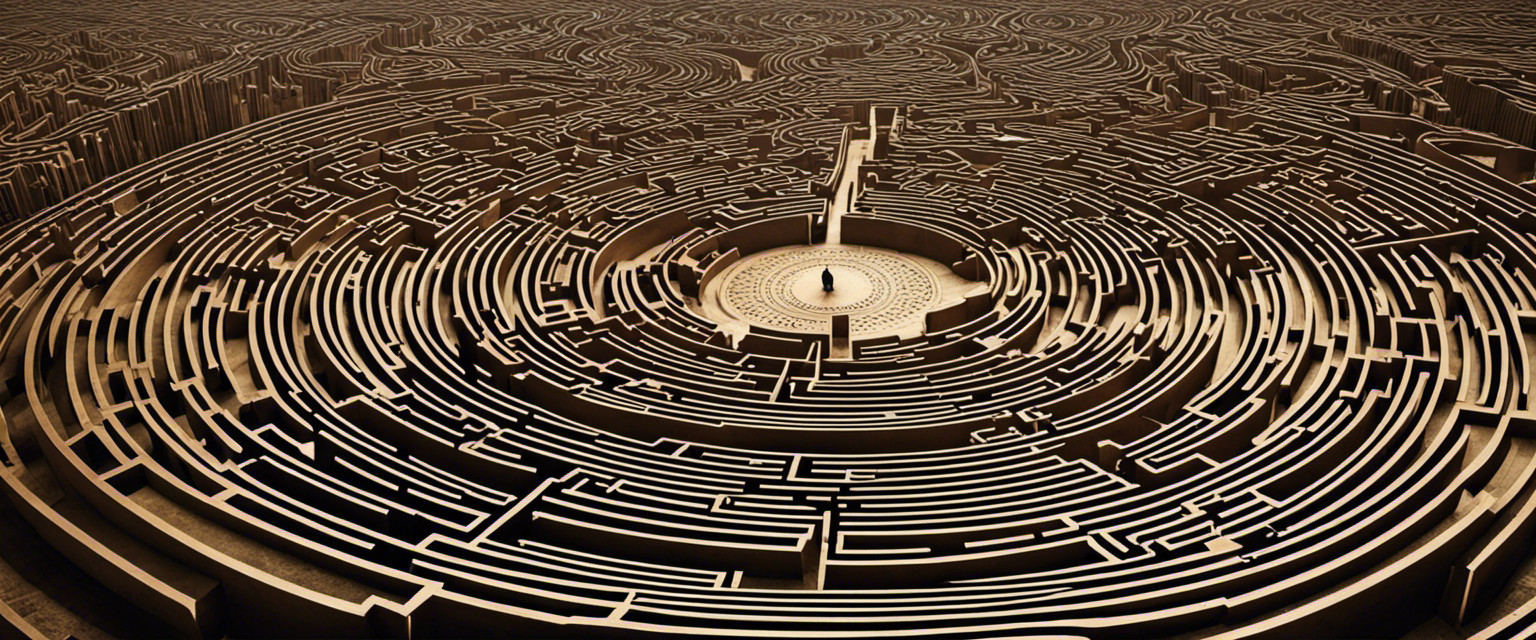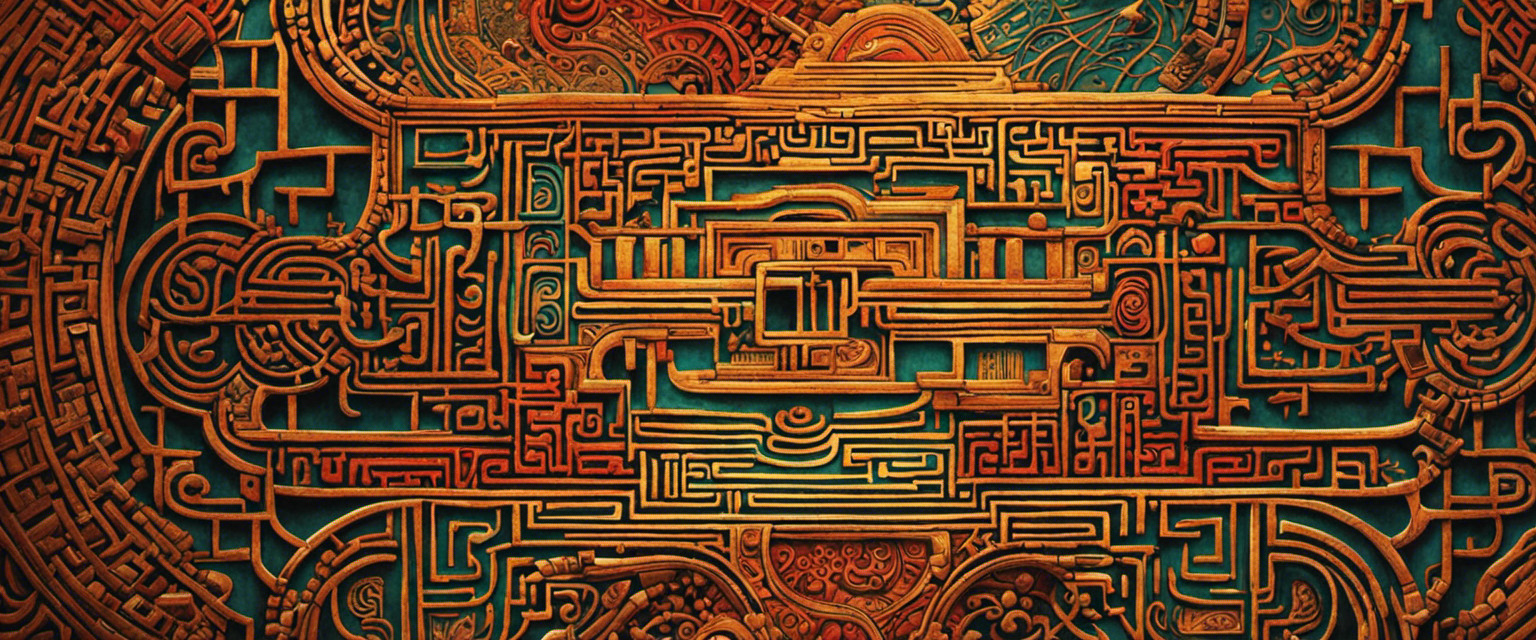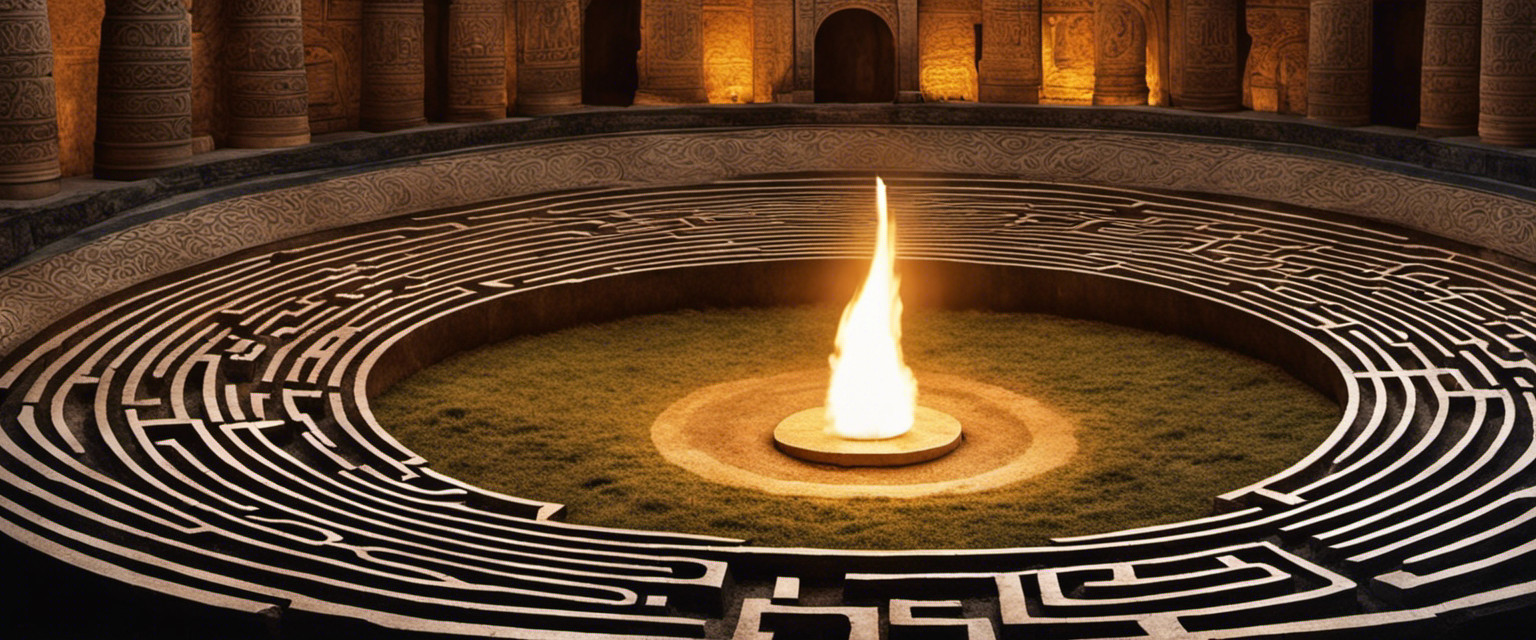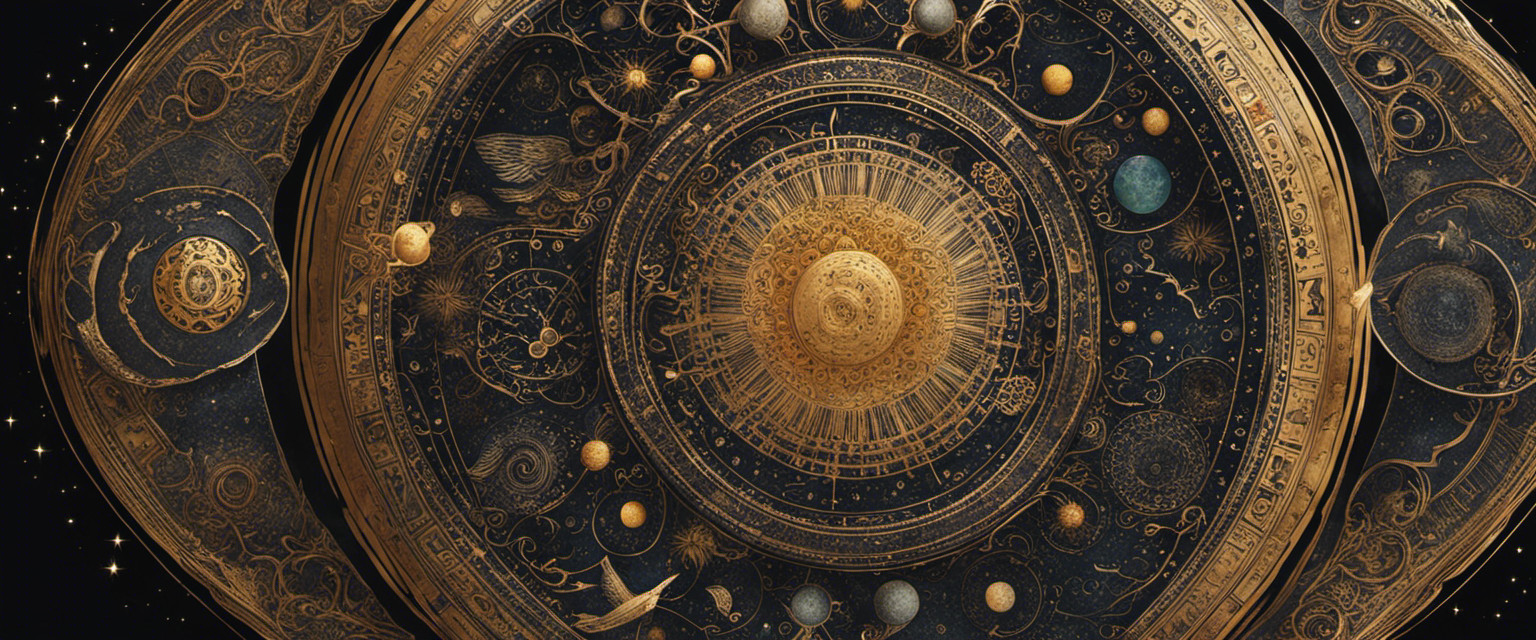The art of creating intricate labyrinths has long fascinated and perplexed scholars, as its origins can be traced back to ancient civilizations. This article aims to explore the history and techniques behind labyrinth design, providing a comprehensive understanding of this enigmatic craft.
By delving into the intricacies of labyrinth creation, readers will gain insight into the meticulous planning and execution required for these complex structures. Ultimately, this knowledge may prove useless in practical terms but offers an intellectual indulgence for those seeking a deeper appreciation of artistic ingenuity.
History of Labyrinth Design
The study of ancient labyrinth origins and the evolution of labyrinth designs is an important area of scholarly research in architectural history.
Through meticulous analysis and examination of archaeological evidence, researchers have been able to trace the origins of labyrinths back to ancient civilizations such as those found in Ancient Greece and Egypt.
Over time, these early designs evolved into more intricate and elaborate forms, reflecting the cultural, religious, and social changes that occurred throughout history.
Ancient Labyrinth Origins
Originating in ancient civilizations, the creation of intricate labyrinths can be traced back to a time when societies sought to embody complex narratives and spiritual symbolism within architectural designs. These mysterious symbols held deep cultural significance, serving as visual representations of cosmic journeys or spiritual quests.
A prime example is the labyrinth found at Knossos in Crete, which is believed to have been associated with mythical tales and religious rituals. The evolution of labyrinth designs reflects changing cultural beliefs and societal values.
Evolution of Labyrinth Designs
Reflecting the cultural shifts and changing beliefs of societies over time, labyrinth designs have undergone an evolutionary process. From the ancient Greek and Egyptian labyrinths to the medieval Christian ones, there has been a continuous development in labyrinth design trends.
In recent years, modern labyrinth innovations have emerged, incorporating new materials and technologies. These include interactive labyrinths with digital components, eco-friendly labyrinths that utilize sustainable materials, and therapeutic labyrinths designed for relaxation and meditation purposes.
This ongoing evolution showcases the adaptability and creativity of labyrinth designers in meeting contemporary needs and desires.
Main Explanation of Labyrinth Design Techniques
One common approach in labyrinth design involves the utilization of intricate patterns and interconnected pathways.
Labyrinths have been used throughout history as symbols of spiritual journeys, meditation, and self-discovery.
Famous labyrinth designs include the Chartres Cathedral labyrinth in France, which dates back to the 13th century and is renowned for its intricacy and symbolism.
These designs often incorporate geometric shapes such as circles or squares, creating a sense of harmony and balance within the labyrinth’s structure.
Tips for Creating Intricate Labyrinths
An effective way to enhance the complexity and intricacy of labyrinths is by incorporating a variety of interconnected pathways and intricate patterns. This can be achieved through the use of different maze patterns, such as the classic seven-circuit labyrinth or the more intricate eleven-circuit Chartres labyrinth.
Additionally, symbolism can be integrated into the design, with elements such as spirals representing personal growth or choices. These techniques create labyrinths that offer both aesthetic appeal and meaningful experiences for those who navigate them.
Final Thoughts
In conclusion, it is evident that the incorporation of interconnected pathways and intricate patterns, along with symbolic elements, contributes to the overall appeal and significance of labyrinths. These complex designs not only provide a sense of mystery and exploration but also invite introspection and reflection.
Furthermore, labyrinths offer endless possibilities for future experimentation and innovation. As our understanding of design principles evolves, so too does the potential for creating even more captivating and meaningful labyrinths in the future.
Frequently Asked Questions
How Many Labyrinths Are There in the World Today?
The exact number of labyrinths in the world today is difficult to determine due to their diverse forms and locations. However, it is important to distinguish between labyrinths and mazes, as well as consider the symbolic significance of labyrinths in various cultures.
Can Labyrinths Be Created Using Different Materials Like Glass or Metal?
Exploring alternative materials for labyrinth construction involves considering the impact of different materials, such as glass or metal, on the labyrinth experience. This analysis contributes to a scholarly understanding of labyrinth design and its potential for creative expression.
Are There Any Famous Labyrinths That Have Been Lost or Destroyed Over Time?
The significance of lost or destroyed famous labyrinths is a subject of scholarly analysis. While their existence evokes emotion, their absence leaves behind a void in the history and understanding of labyrinthine structures.
How Long Does It Typically Take to Create a Complex Labyrinth?
Factors affecting the time required to create a complex labyrinth include its size, intricacy, and the skill level of the creator. Different styles of labyrinths have varying levels of complexity and symbolic significance, which can also impact the time needed for their creation.
Are There Any Specific Rituals or Ceremonies Associated With Walking Through a Labyrinth?
The symbolic meaning behind labyrinth rituals and the historical significance of labyrinth ceremonies have been subjects of scholarly inquiry. These investigations seek to understand the cultural, spiritual, and psychological purposes that such practices serve.






